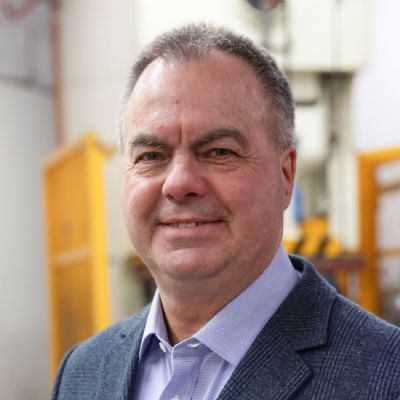Powder Advancements Extend Medical Possibilities
November 30, 2020Comments
Medical-implant developers require a manufacturing technology that delivers speed, individualization and the ability to produce complex designs. 3D printing, paired with bio-compatible materials such as titanium, is demonstrating its potential as the medical industry’s manufacturing technology of choice for life-changing solutions. Given this, Sandvik’s additive manufacturing (AM) and powder specialists are busy developing materials and implant technology, report company officials.
Consider that, in the past, surgeons used metal mesh to replace areas of the body such as skull bones, which tended to be weak and lacked precision. 3D printing eliminates these flaws by employing medical imaging to create a customized implant, shaped exactly according to an individual’s anatomical data. Examples such as this drive AM development for medical applications.
And, AM can help overcome other challenges when producing medical implants and prosthetics. For example, the fitting process for a prosthesis typically involves several visits to create a device that fits a patient and that patient’s particular needs. As a result, the time between a patient’s life-changing surgery and receipt of the implant or prosthetic can be painstakingly slow.
At Sandvik’s titanium-powder plant in Sandviken, Sweden, R&D focuses on the potential of 3D-printed titanium devices to convert these possibilities to reality.







